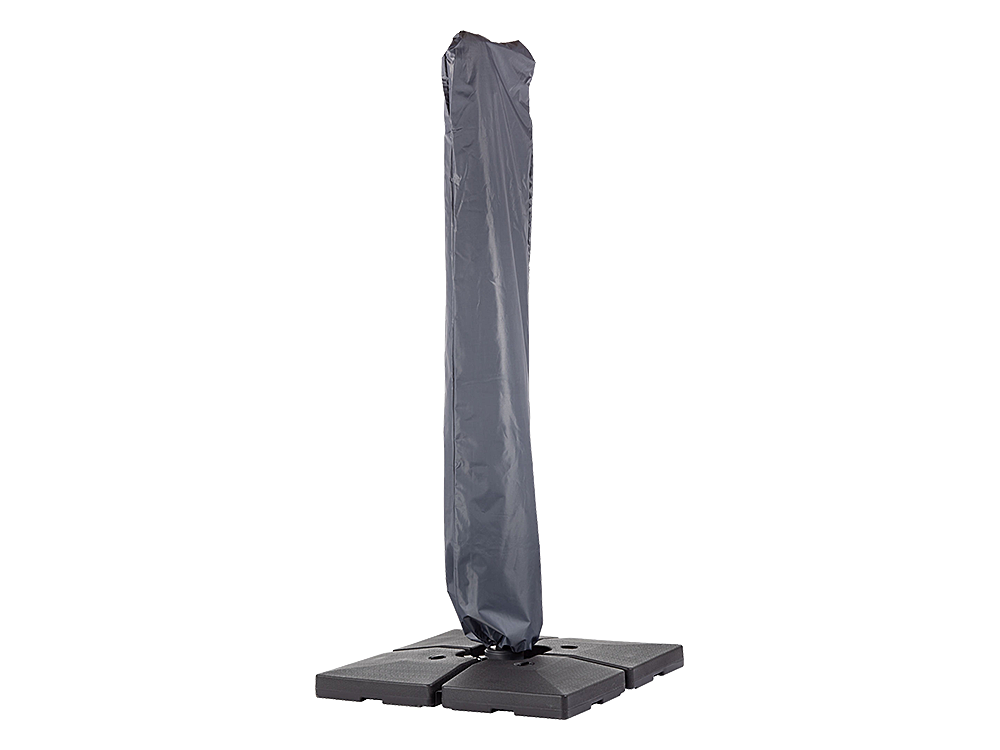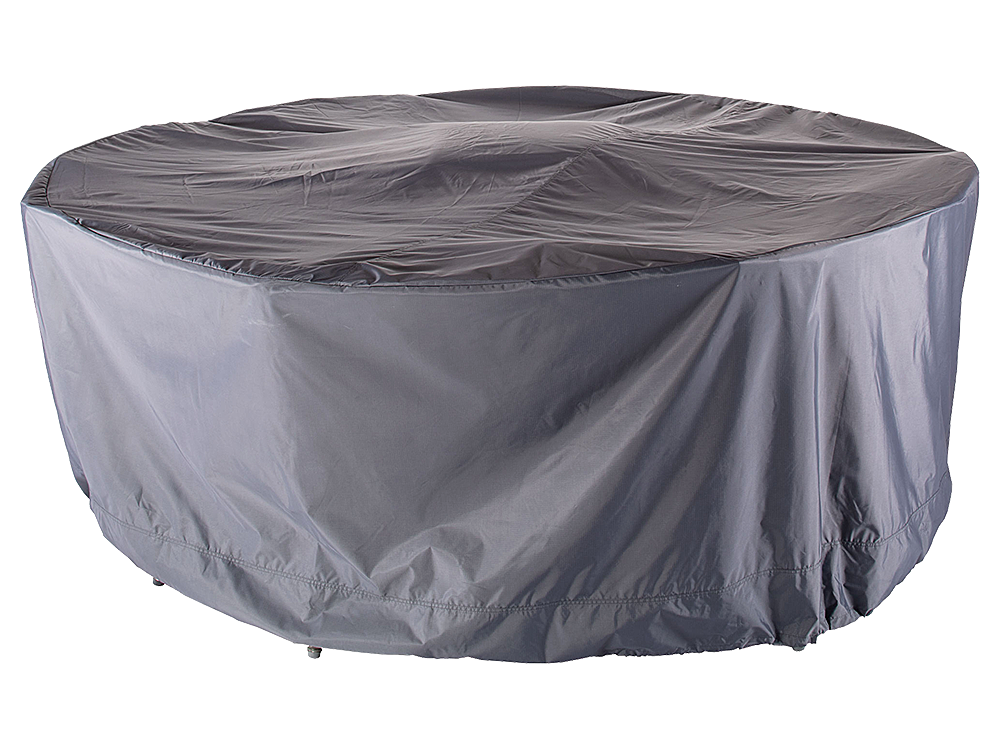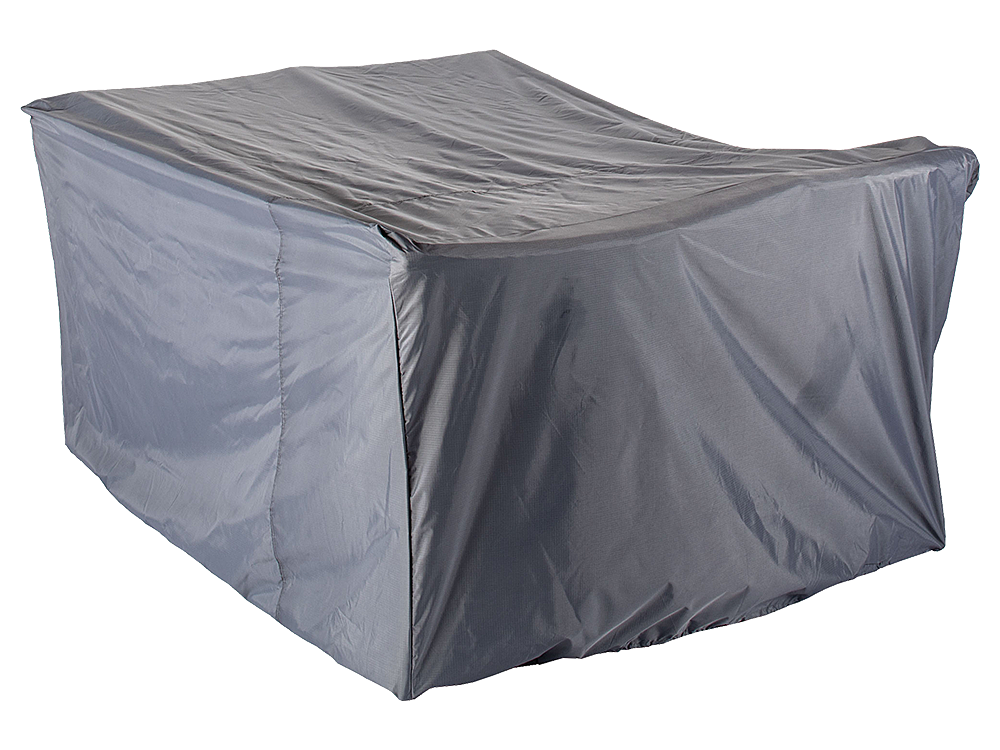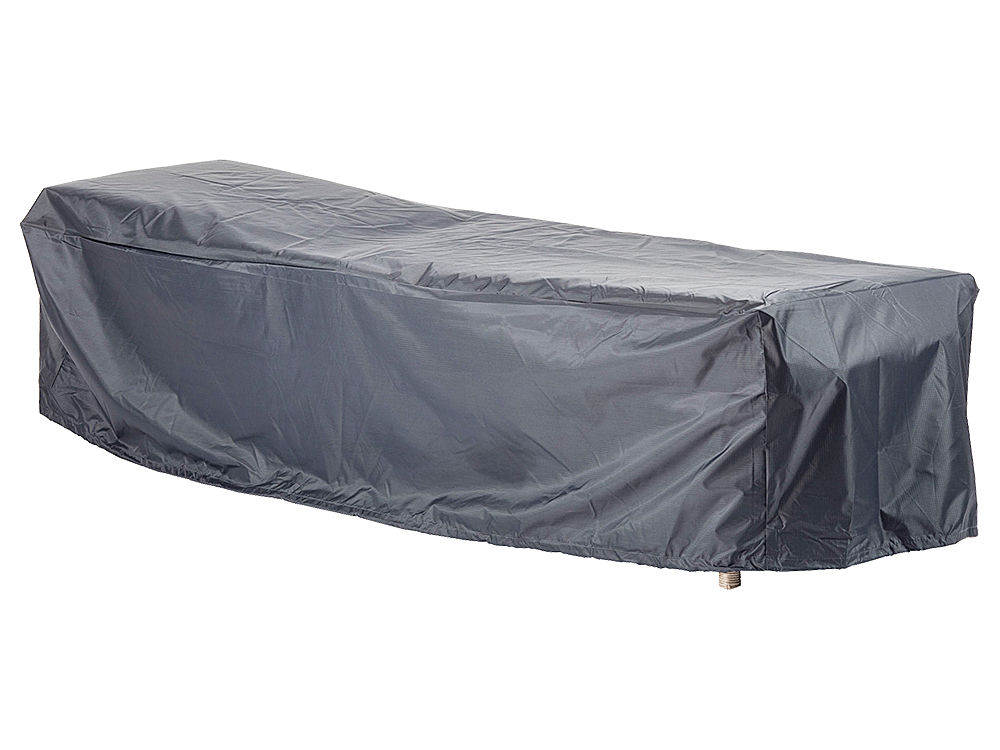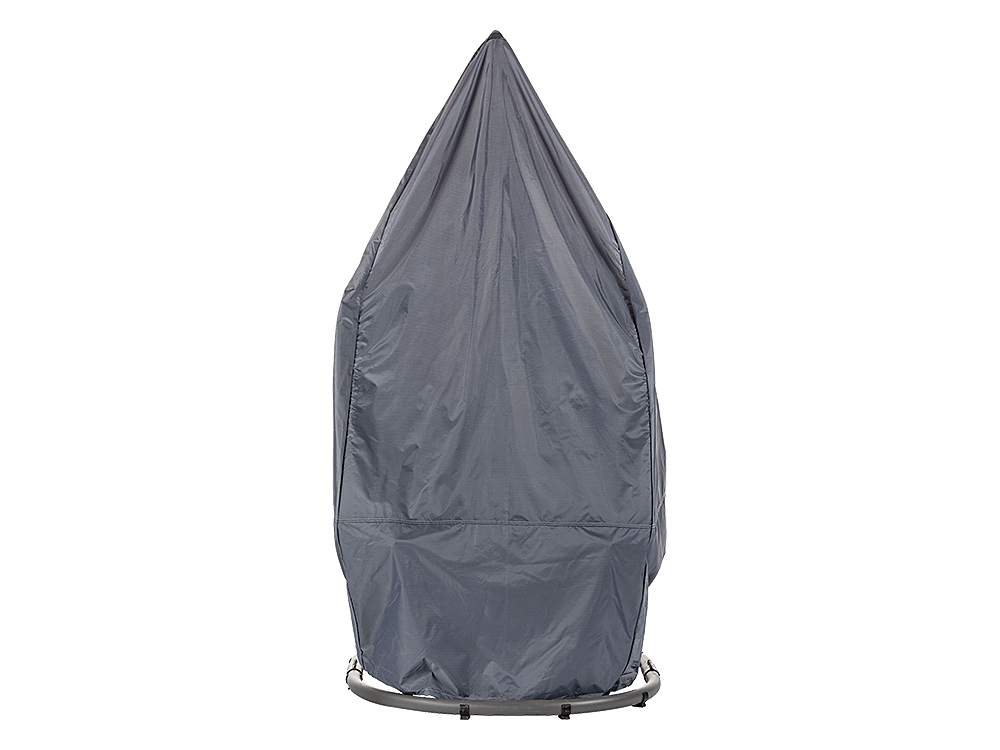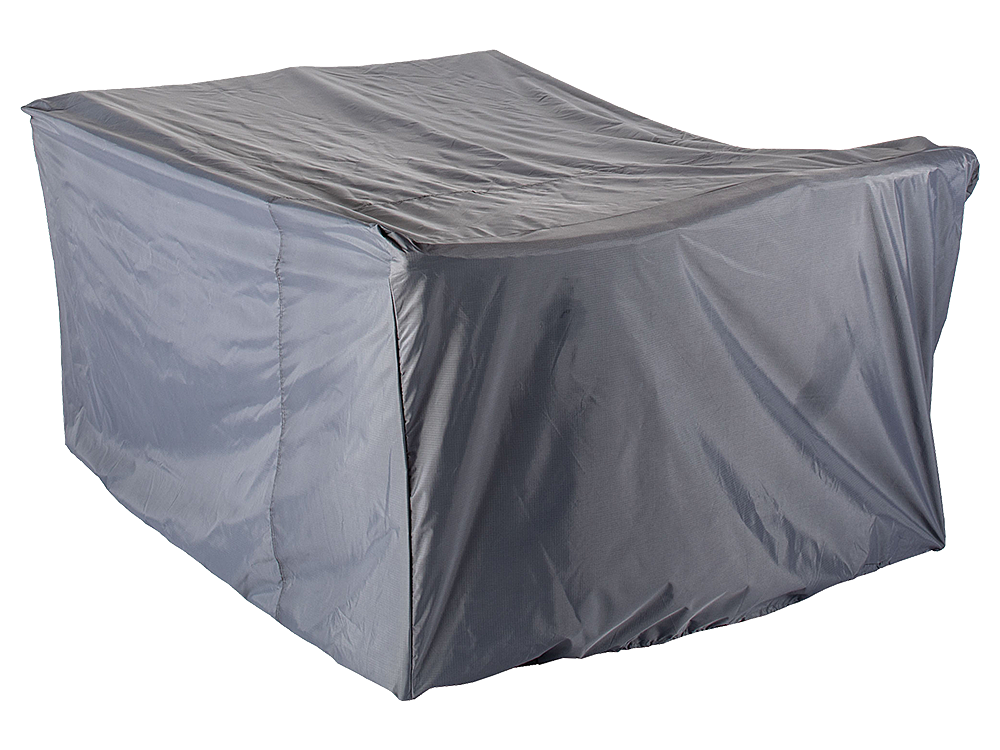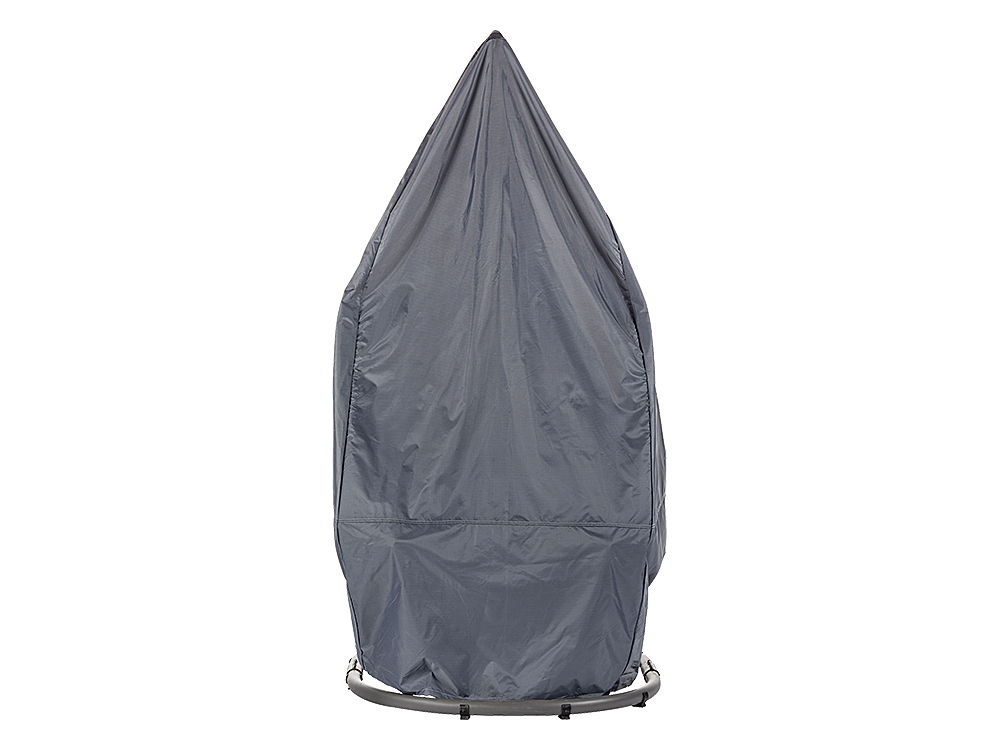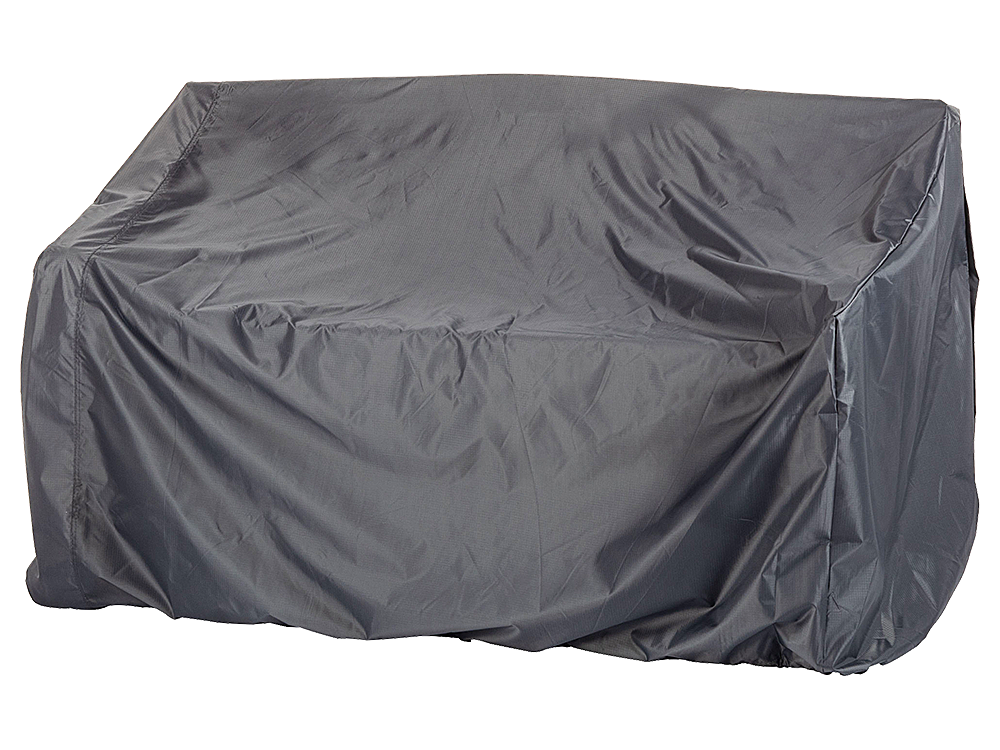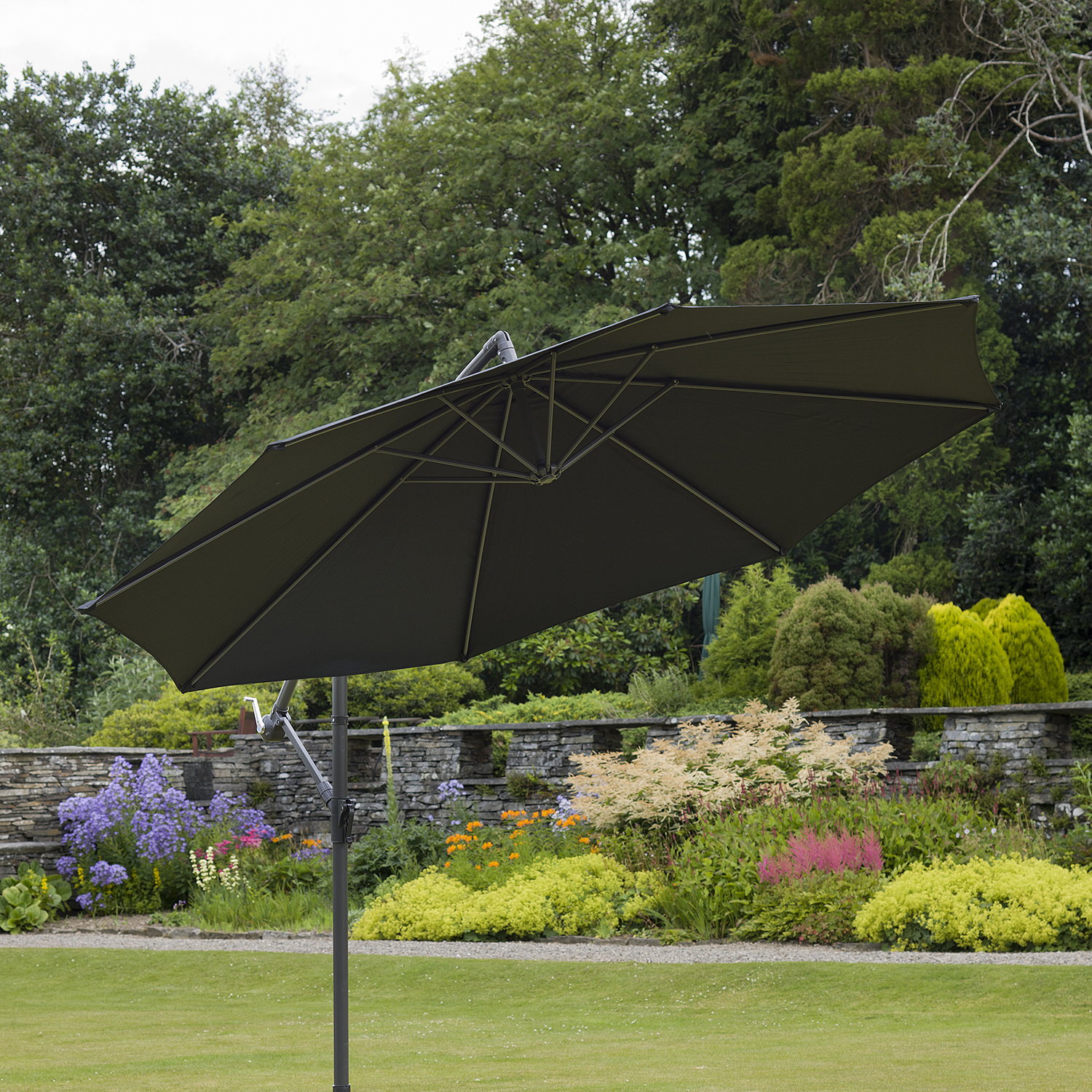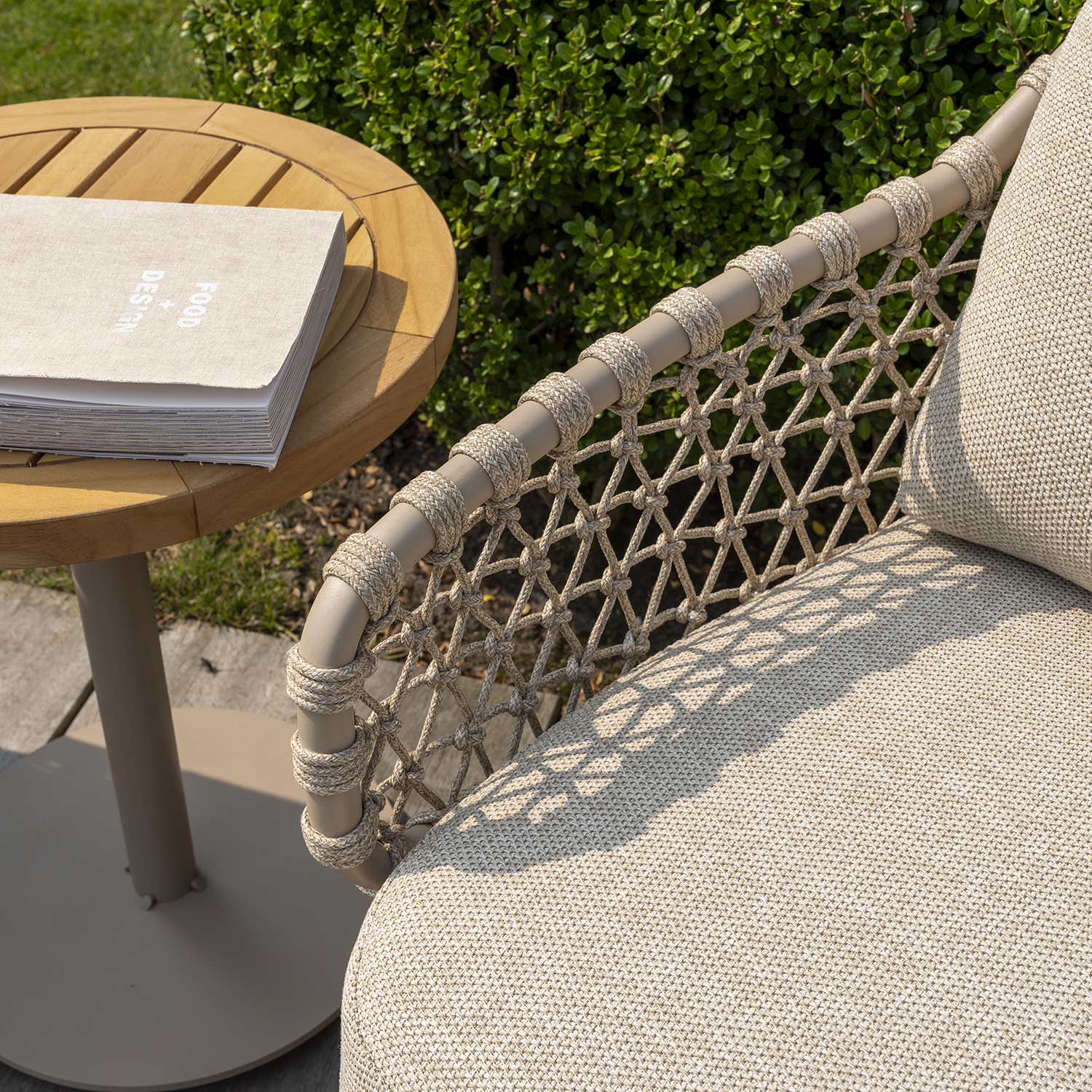
How do I Repair my ClearSpell Garden and Patio Furniture Covers?
ClearSpell garden and patio furniture covers are manufactured from superior quality micro-weave polyester that does not tear easily and have a market-leading five-year warranty, but it can happen that you incur damage over time that is not included in the warranty, or after the warranty has expired. All is not lost though, here are some hints on how to repair your ClearSpell covers to get many more years of service out of them.
How do I repair tears in ClearSpell micro-weave polyester covers?
There are three major methods of repairing tears in the ClearSpell polyester garden furniture covers, machine sewing, hand-sewing, and glue-on patching.
Hand-sewing small tears and holes:
- For small tears, hand-sewing might be the easiest and quickest way to repair the damage:
- Use a thin, sharp needle and polyester thread.
- Trim loose threads or splintered fabric with sharp scissors.
- Use a cotton swab to apply anti-fray liquid along the edges on both sides of the tear to prevent the ends of the fibres from splitting when sewing. Allow the liquid to dry for at least an hour. Anti-fray liquids are available from most sewing centres and fabric stockists.
- Tie a knot at the end of your thread. If possible, try to have enough thread for the entire length of the tear.
- Fold the cover so the two ends of the tear and sew hand-over-hand, as if darning socks. Start on top about ¼ inch from the edge and about ½ inch above the tear. Pull the needle tightly through both layers of fabric at the bottom, bring it around on top, and sew in the same place two or three times to prevent the thread from pulling out later.
- Then sew the next stitch close to the first one and keep repeating until you have gone about ½ inch beyond the tear. Sew a few stitches in the same spot to prevent the thread from pulling out later. The start and finishing stitches can also be used to minimise puckering at the ends of the tear.
- When closing small holes, place the hole over a darning mushroom or light bulb and work all the way around the hole, pulling the thread tight to close the hole.
Hand-sewing and patching larger tears and holes:
- Trim the frayed edges and split fibres and use a cotton swab to apply anti-fray liquid (obtainable from most sewing centres and fabric stockists.) Allow the anti-fray liquid to dry for an hour.
- You can use an iron-on patch designed especially for polyester materials, make your own patch from the same colour polyester, or cut a decorative pattern to glue and sew on for the length of the tear.
- Iron-on patch: Lay the patch along the back of the ClearSpell cover, with the patch on top. Follow the manufacturer’s instructions, taking care not to overheat the micro-weave polyester. Place a clean cloth over the patch, set the iron on a low setting, and slowly press down on the cloth, running the iron smoothly back and forth over the patch to activate the glue on the fusible web. Lift the iron after several passes to check the repair. You might need to press a little harder or raise the heat slightly to achieve a tighter bond.
- Glued-on patch: If you glue on the patch, it can be laid along the back of the tear in the ClearSpell cover, or used as a decorative patch on the outside. Use an adhesive formulated to dry quickly on polyester fabrics. Examples are: Aleene’s Platinum Bond Super Fabric adhesive; Bostik Fabric Glue; Protac 7400.
Sewing:
- Use a thin, sharp needle and polyester thread. Tie a knot at the end of your thread. If possible, try to have enough thread for the entire length of the tear, otherwise “sew-off” both ends by sewing a few stitches in the same spot.
- Lay the cover on a flat surface and sew along both edges of the tear (like a button-hole) and then sew along all four edges of the patch.
- Pull the needle tightly through both layers of fabric at the bottom, bring it around on top, and sew in the same place two or three times to prevent the thread from pulling out later.
- To mend larger holes, cut a round patch and glue it on to completely cover the hole. Follow the same steps as for mending a large tear, working your way around the edge of the hole first, then around the outside edge of the patch.
Patching the tear or hole with a glued-on patch:
If you are not handy with a needle or sewing machine, use glued-on patch of the same fabric as the ClearSpell cover, or use a durable material such as denim. You can cut the patch into a decorative pattern to hide the tear.
- Trim the frayed edges and split fibres and use a cotton swab to apply anti-fray liquid (obtainable from most sewing centres and fabric stockists.) Allow the anti-fray liquid to dry for an hour.
- Lay the decorative patch along the front of the tear in the ClearSpell cover, and preferably another along the back of the tear for greater strength.
- Use an adhesive formulated to dry quickly on polyester fabrics. Examples are: Aleene’s Platinum Bond Super Fabric adhesive; Bostik Fabric Glue; Protac 7400.
- Avoid puckering by rubbing out creases as you go.
Machine sewing the tear or hole:
a. Before you start:
- A heavy-duty sewing machine is best, but if you own a sturdy domestic sewing machine that can handle thicker materials, you will also be able to mend the tear.
- Use strong polyester thread.
- Use the thinnest needle that can handle the thickness of the material. Always use a new sharp needle, or a microtext needle if possible.
- Wind the bobbin loosely and sew at a slow to moderate pace to prevent the thread from feeding too quickly. The intense friction caused by improper threading can cause the micro-weave polyester thread to stretch and pucker.
- A walking or even-feed presser foot works well. If you have a Roller or Teflon presser foot, this will also make your work easier.
- Use small, narrow zig-zag stitches.
b. Trim the edges of the frayed tear or hole and apply anti-fray liquid with a cotton bud.
c. Glue on your ownorative patch on the front of the tear, using a specially formulated adhesive, or an iron-on patch on the back of the tear. (Follow the steps in “Hand-sewing.” Click here.
d. First sew along the edges of the tear on both sides, then along the outer perimeter of the patch.
Fix frayed edges without sewing
If your micro-weave polyester ClearSpell garden furniture covers become frayed along the edges and you don’t want to sew them, trim the frayed edge, apply anti-fray liquid and then apply several thin layers of colourless nail polish.
Please check our buyer’s guide if you need help working out what size garden corner set covers you require. Click here

